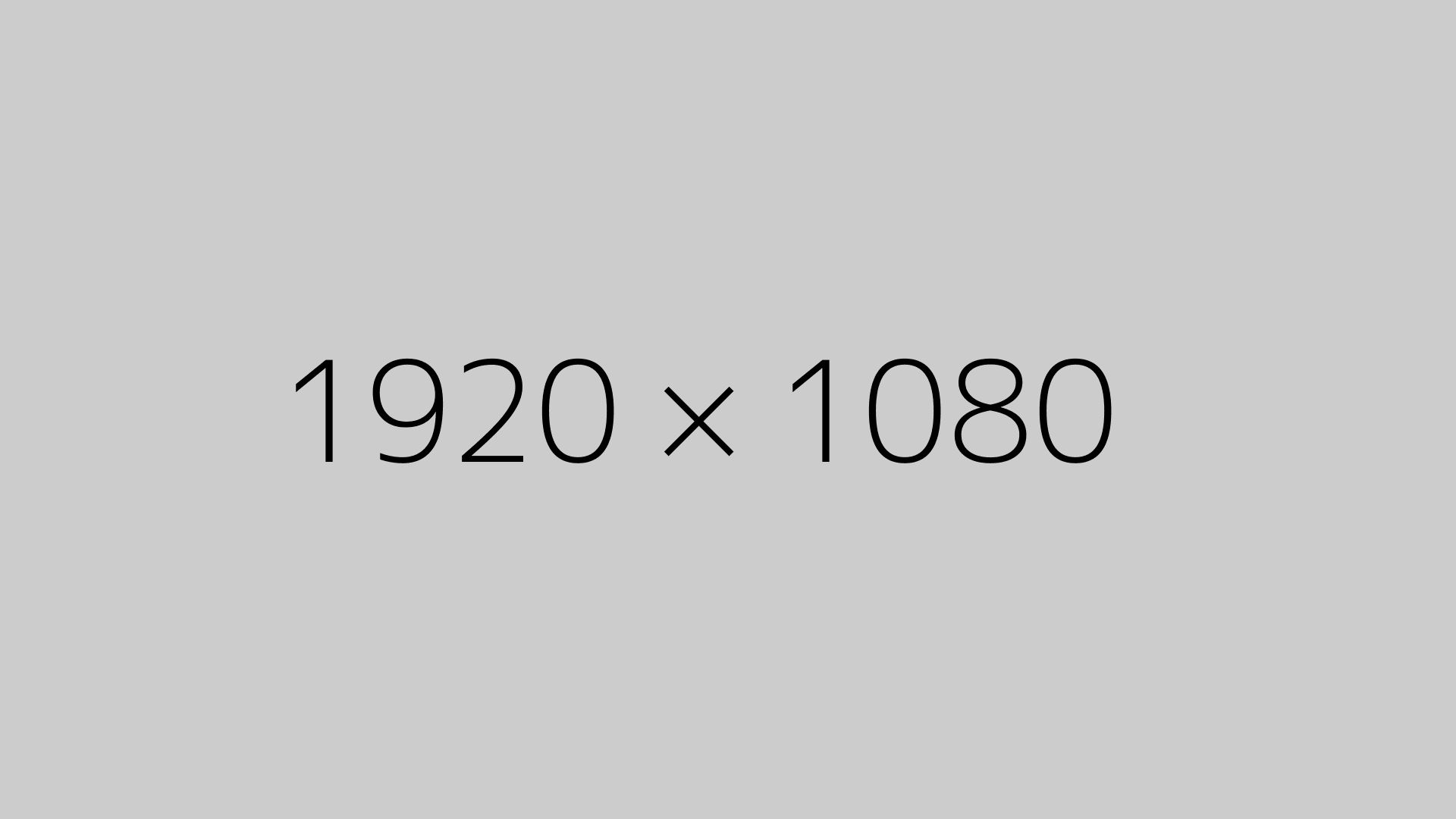When I first looked at welding machines, I saw numbers like “200A” or “160A” and had no idea what it meant. Turns out, amperage (A) is the power level your machine uses to melt metal. The thicker the steel, the more amps you need. It also depends on the kind of rod (for Stick/MMA) or wire (for MIG).
Here’s a simple guide I made based on what I learned:
For Stick Welding (MMA)
| Metal Thickness (Mild Steel) | Electrode Size | Recommended Amps |
|---|---|---|
| 1.6mm (1/16″) | 2.0mm (E6013) | 30–40A |
| 2.0mm (5/64″) | 2.5mm (E6013) | 50–70A |
| 3.0mm (1/8″) | 2.5mm–3.2mm (E6013/E7018) | 80–100A |
| 4.5mm (3/16″) | 3.2mm (E7018) | 100–130A |
| 6.0mm (1/4″) | 4.0mm (E7018) | 130–160A |
💡 Tips:
- E6013 rods are beginner-friendly and give smooth, clean welds.
- E7018 rods are stronger but harder to use and may need metal preheating.
For MIG Welding (Flux-Core or Gas)
| Metal Thickness (Mild Steel) | Wire Size | Recommended Amps |
|---|---|---|
| 1.0mm (20 gauge) | 0.6mm (0.023″) | 30–50A |
| 1.5mm (16 gauge) | 0.8mm (0.030″) | 40–80A |
| 3.0mm (1/8″) | 0.8mm–1.0mm (0.030″–0.035″) | 90–130A |
| 4.5mm (3/16″) | 1.0mm (0.035″) | 140–170A |
| 6.0mm (1/4″) | 1.2mm (0.045″) | 180–220A |
💡 Tips:
- Flux-core wire (FCAW) = No gas needed, beginner-friendly.
- Solid wire + shielding gas = Clean, pretty welds but needs gas tank setup.
Final Thoughts
So when you’re buying a welding machine, don’t just look at the brand or the price—check the amp range. If you want to weld steel bars for furniture, aim for at least 160A–200A so you’re not limited.


